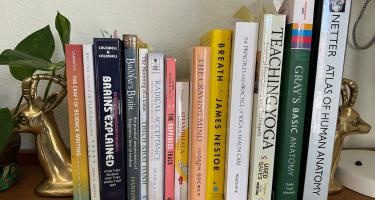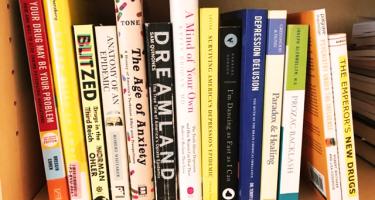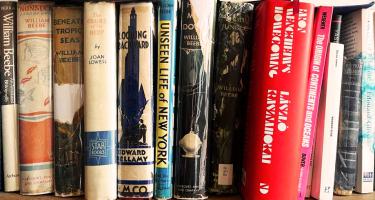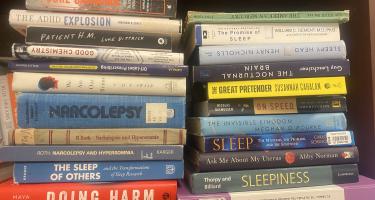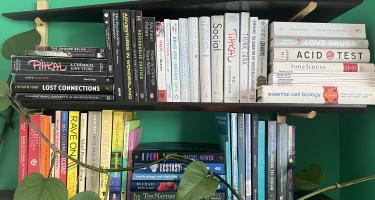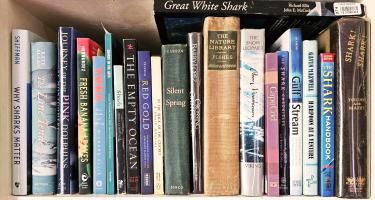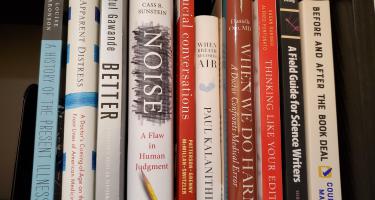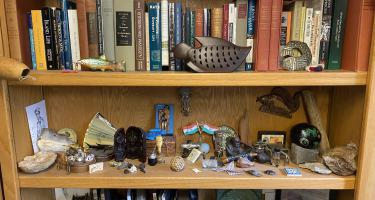
Prosanta Chakrabarty—Explaining Life through Evolution
Louisiana law empowers state schools to teach the biblical account of creation in science classes as an alternative to evolution. In Explaining Life Through Evolution, evolutionary biologist/science writer Prosanta Chakrabarty exposes the legislation’s flaws. He tells general readers how evolution works & why understanding it matters. He even includes graphics for a proposed Darwin movie.

